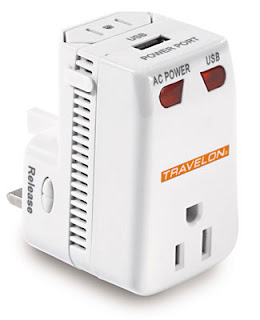Sure you know when you go snow skiing or hiking to dress in layers but this is equally important when you travel. Not only do you look more stylist in thin layers versus that one bulky piece of clothing, you are prepared for all kinds of weather. Layers allow you the flexibility to keep your body at a more consistent and comfortable temperature. When you have several thin layers you can increase your mix and match ability therefore decreasing the number of clothes you need to pack. Thin layers also have a better chance of hand washing and being dry the next morning.
How do you dress like an onion? In several layers. Many places I have visited where the daily temperature has varied 20+ degrees going from sunny and warm to overcast and snowing; so it pays to think ahead.
Begin with you base layer for wicking: Cooler weather options are to cover the entire body once with a thin layer of polypropylene, silk or wool to wick (transport) moisture away form the skin. Warmer weather options are to start with basic undergarments plus a tank top or light weight tee.
Next layer is for insulation and ventilation: Cooler weather options are to add a medium weight layer of insulation ( Usually wool or pile or polypropylene) to retain body heat. Warmer weather options are to add a light weight layer of clothing in a natural fiber.
Next layer is for more insulation and ventilation: Best for cooler weather, add another medium to thick layer of insulation for extreme cold or rest periods. When you are traveling in warm weather climates you still may want to bring a light weight shawl to cover your head or shoulders and knees as needed for religious or cultural etiquette. This can also serve to shade you from the sun as needed too.
The final layer option is for rain and wind protection: In any season you may want to consider having protection from water and wind and snow with an outer protective shell.
So on your next trip consider this simple trick to maximize your travel wardrobe but still minimizing your volume. Comfort = Happy.
What has been your best or worst packing/clothing experience while traveling?
How many days can you pack for and still take just a carry on?





